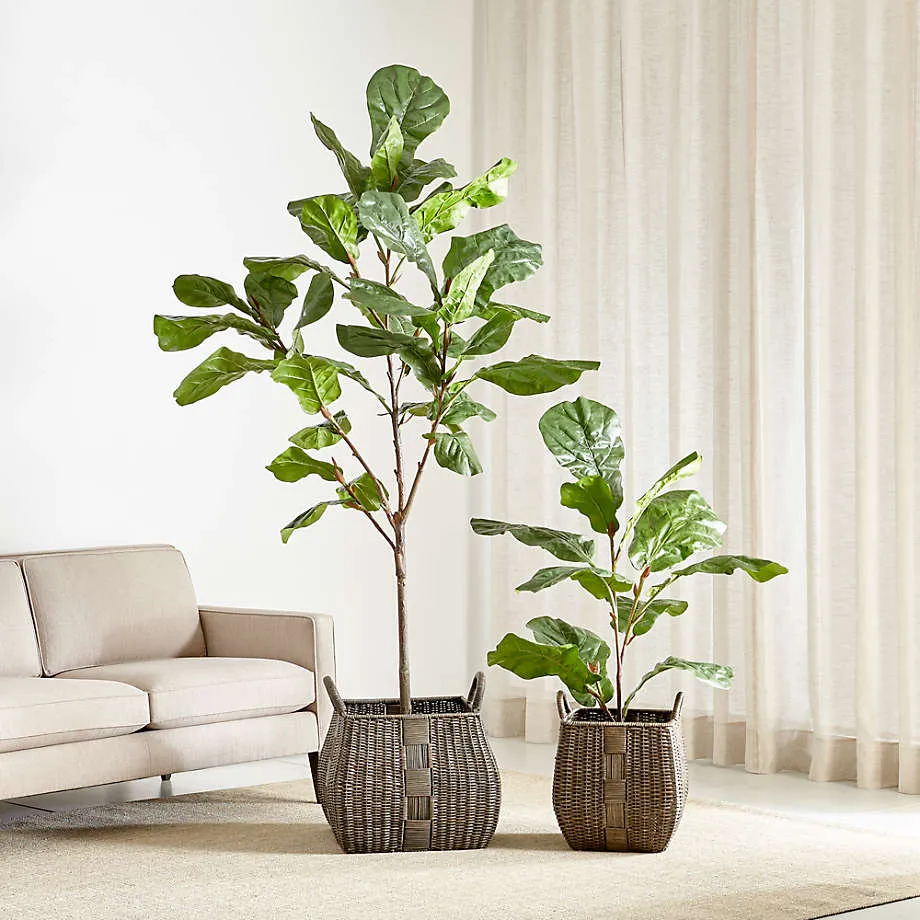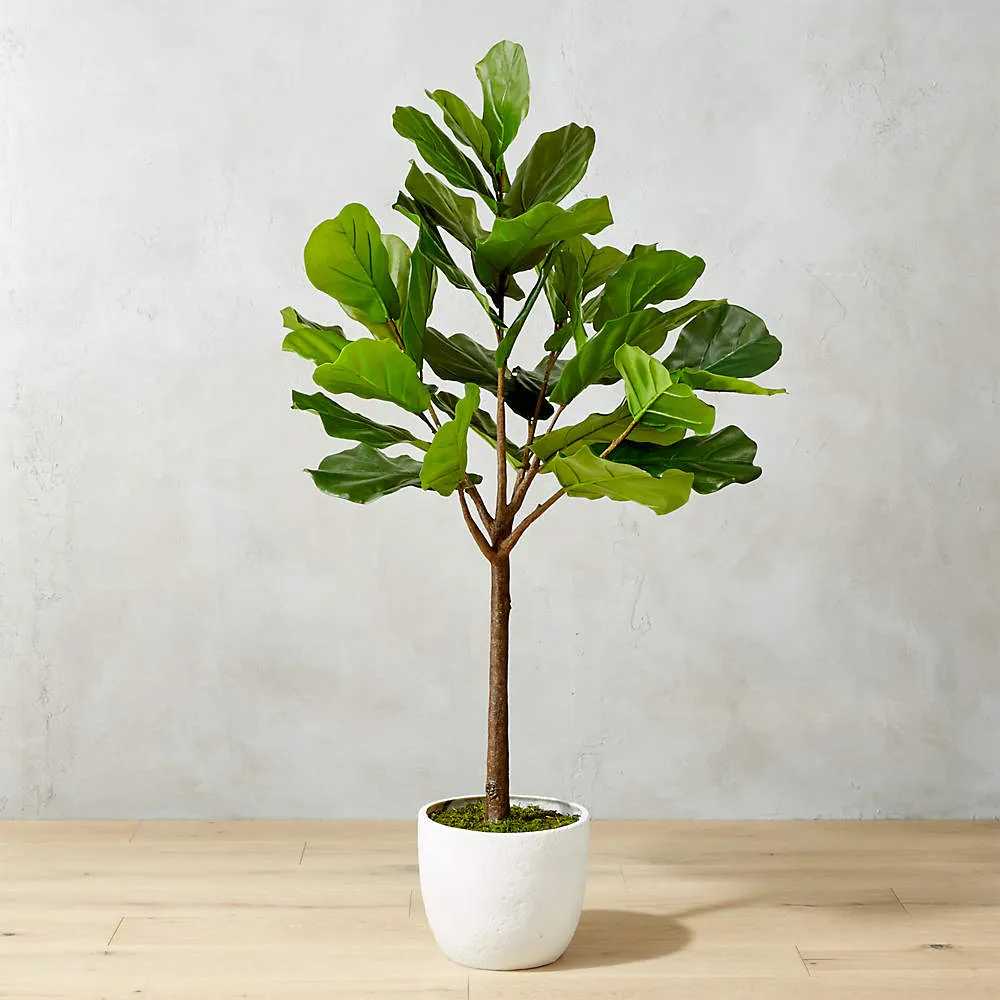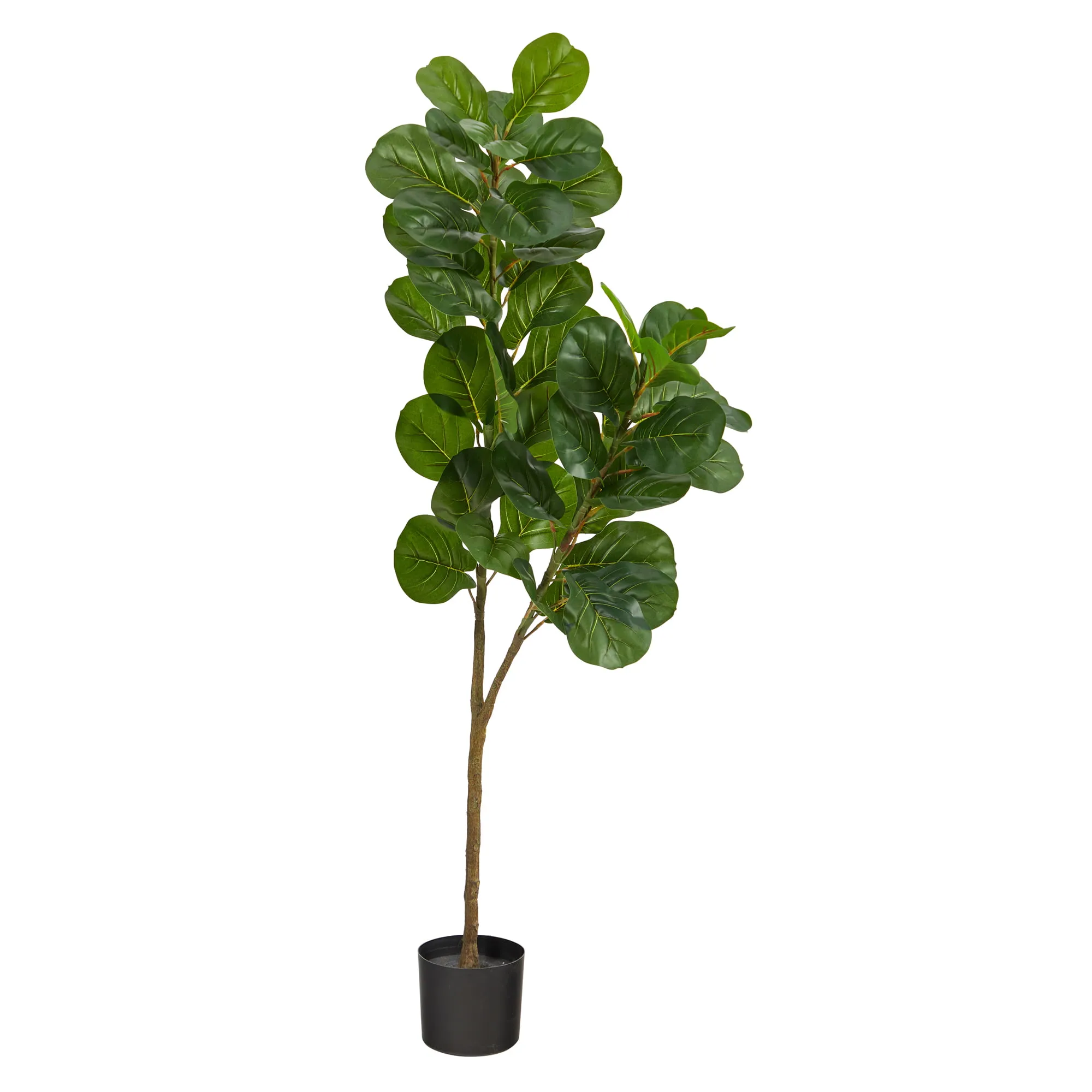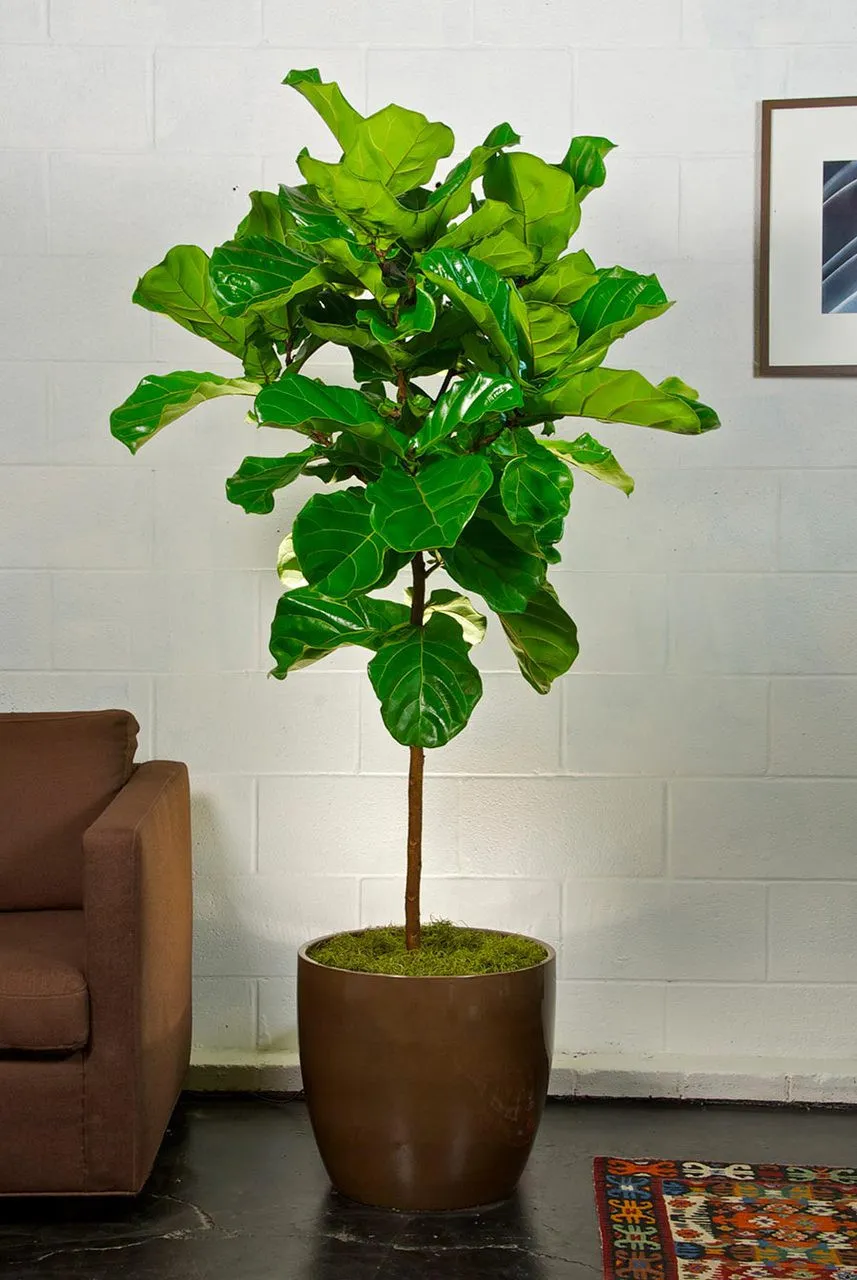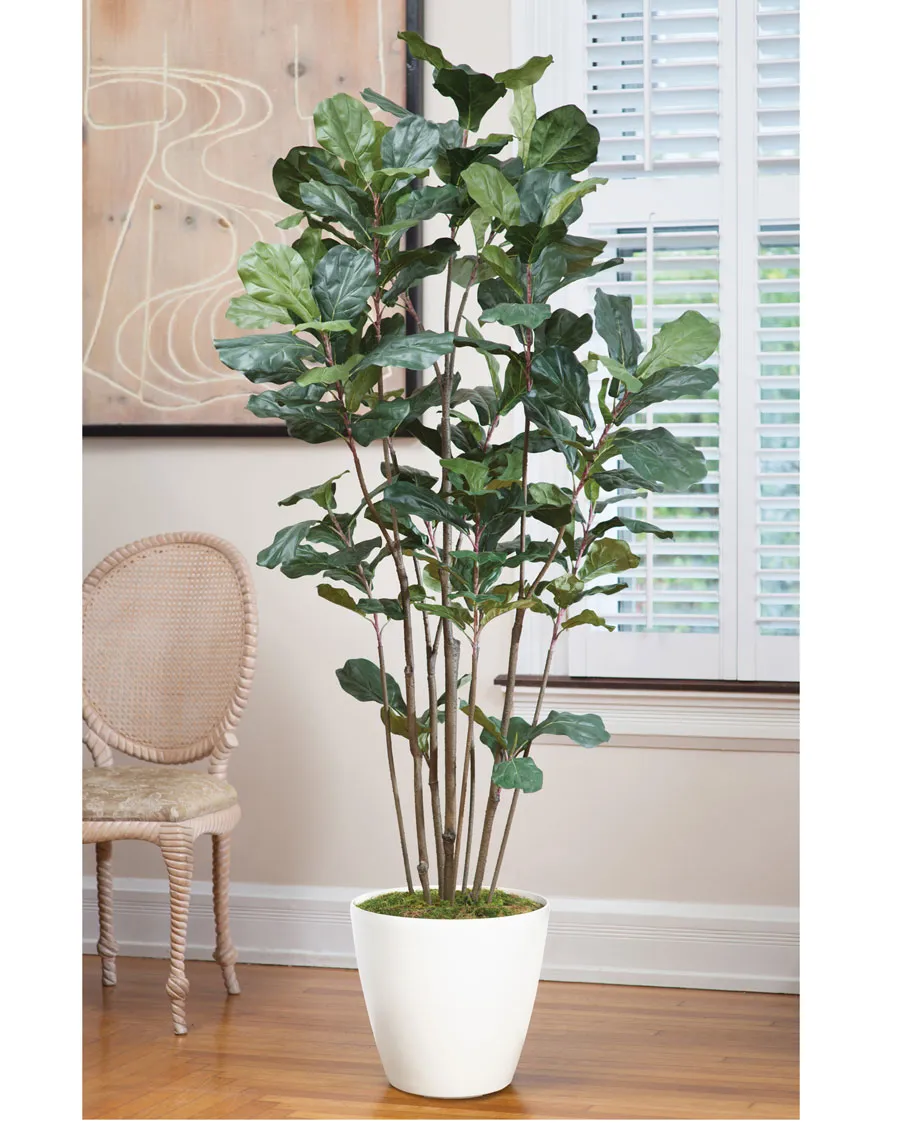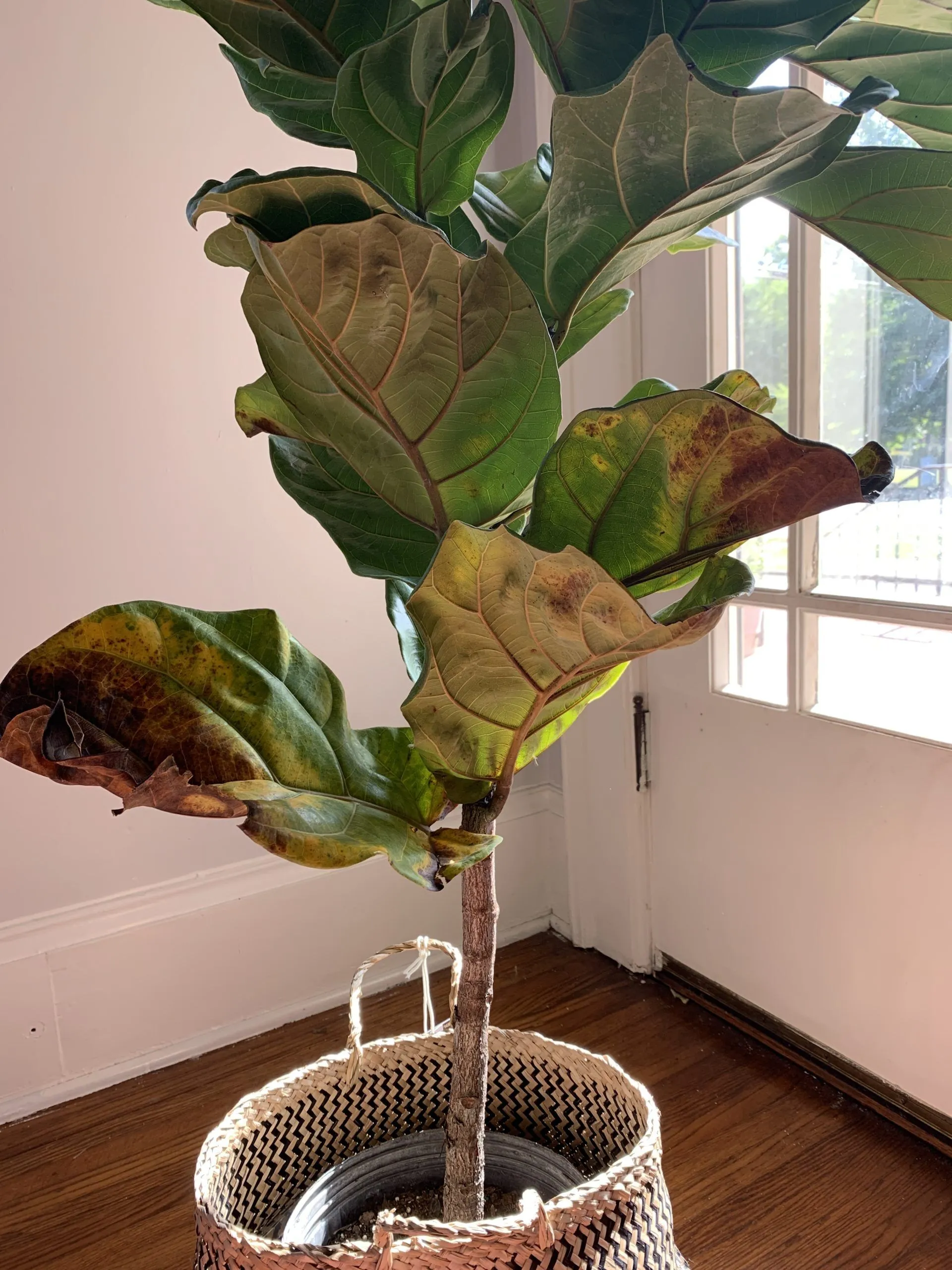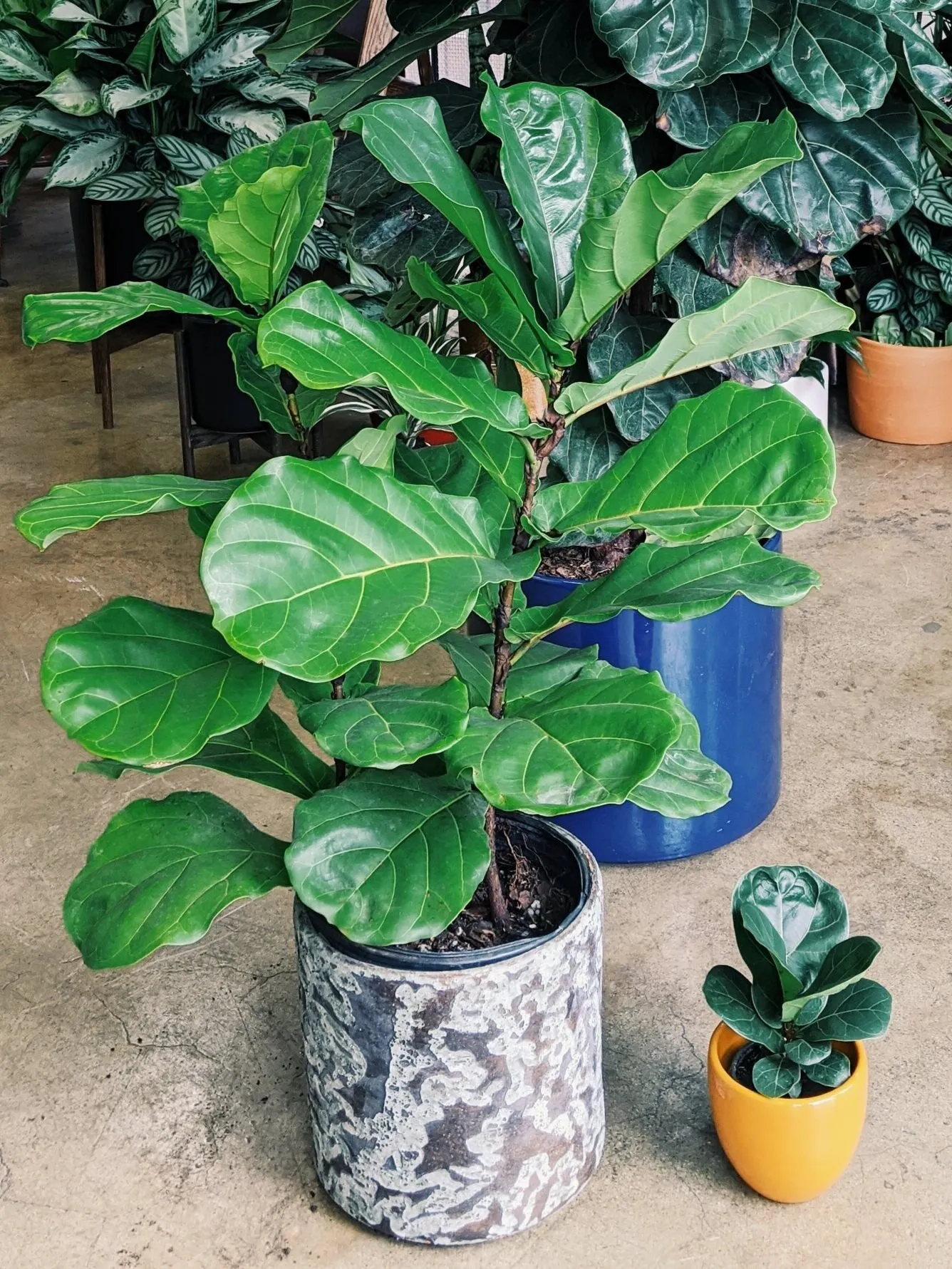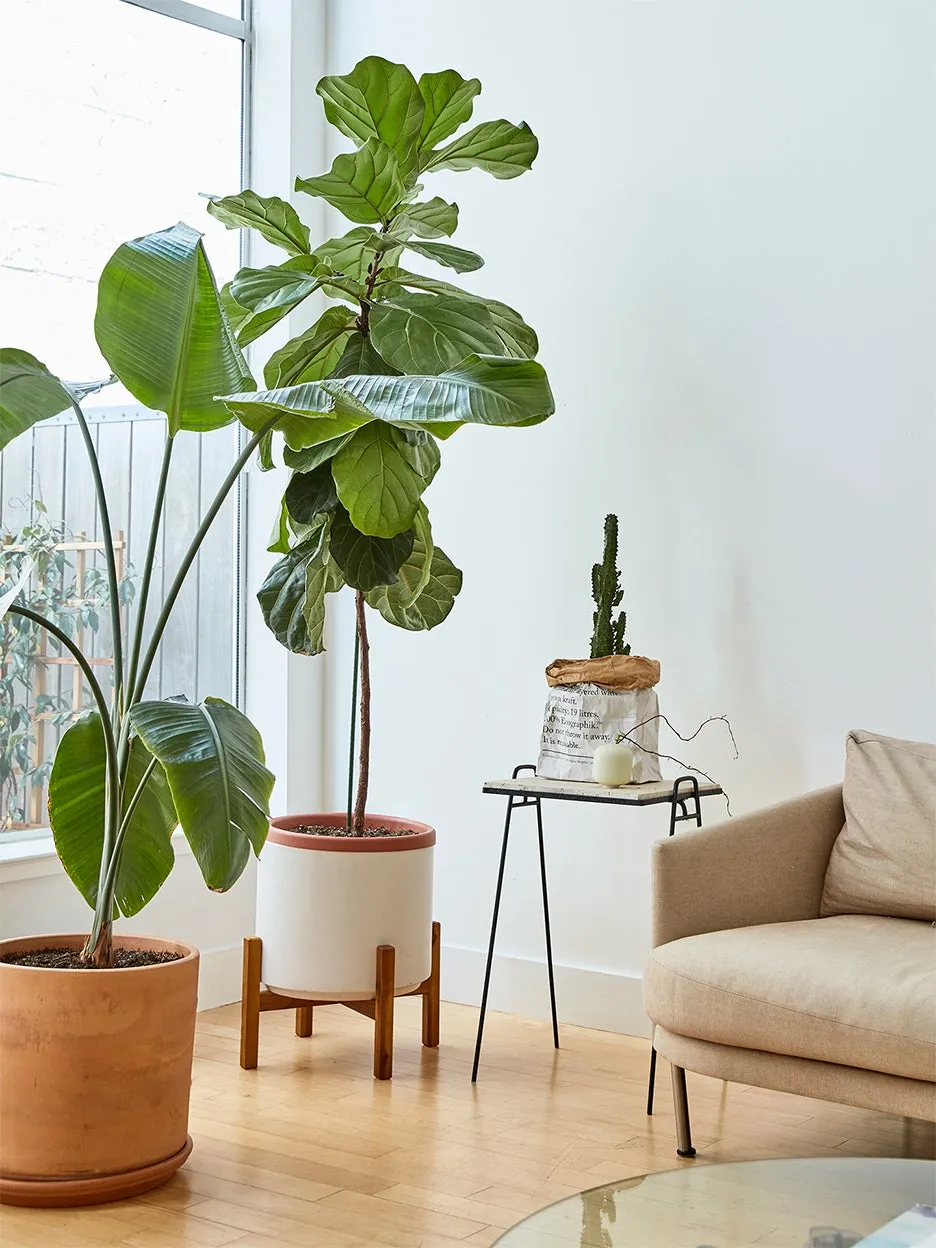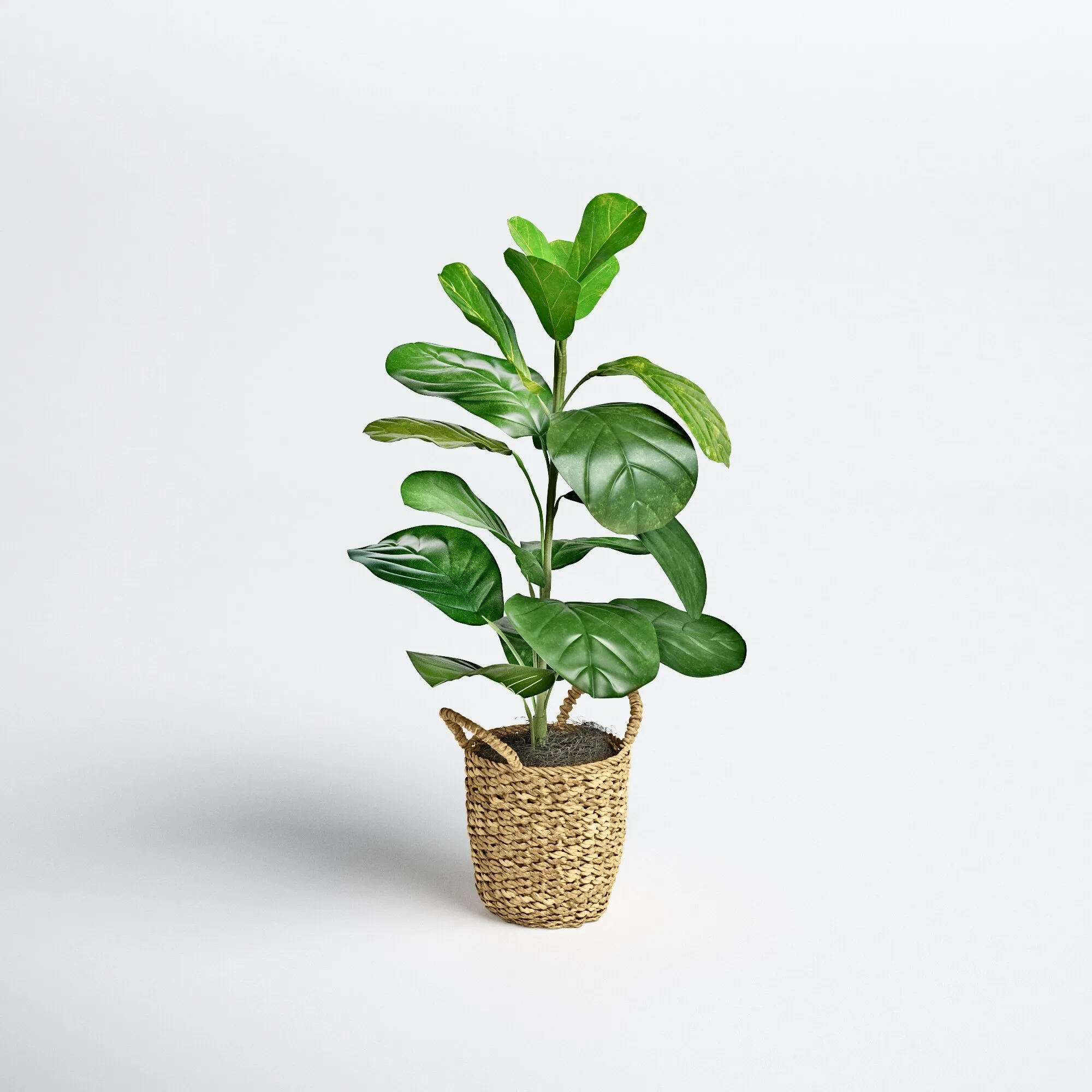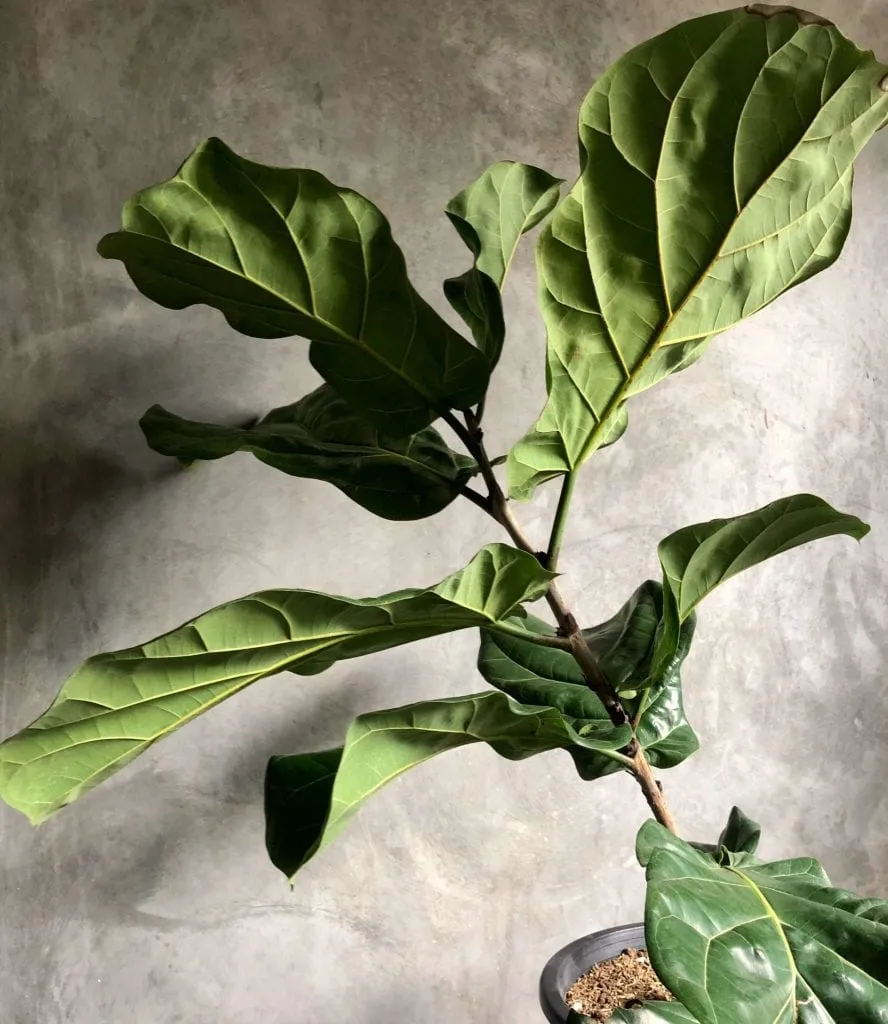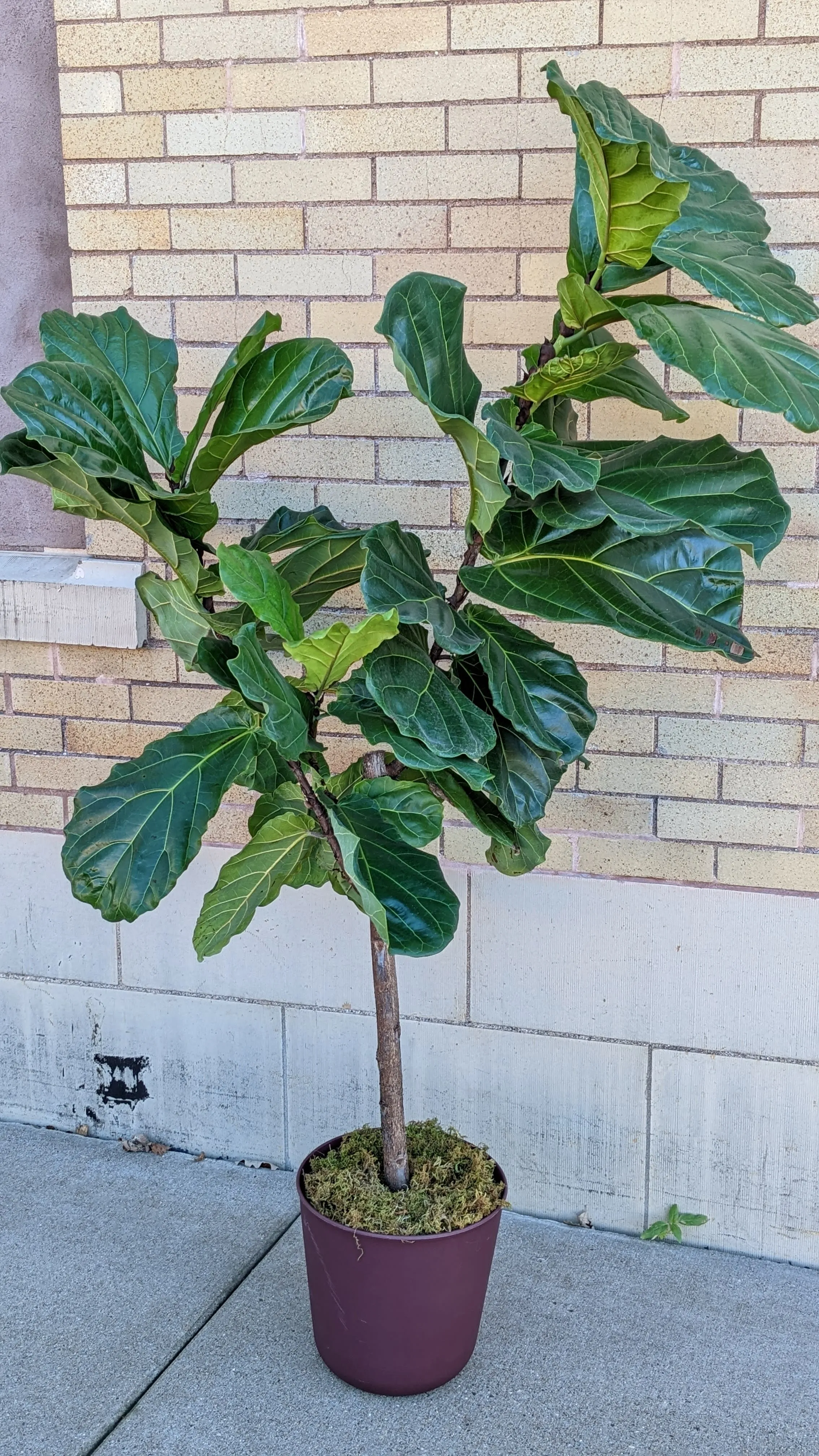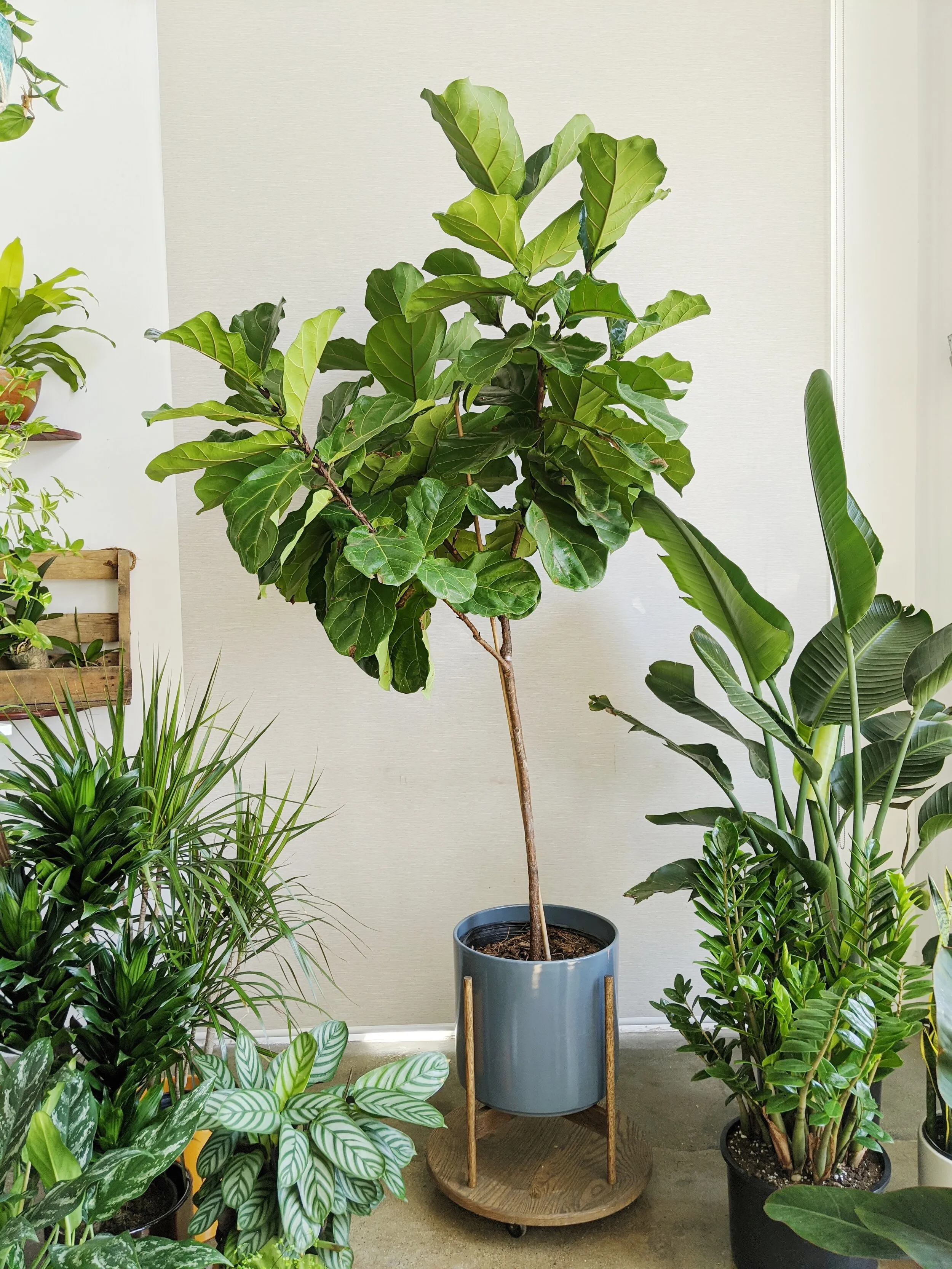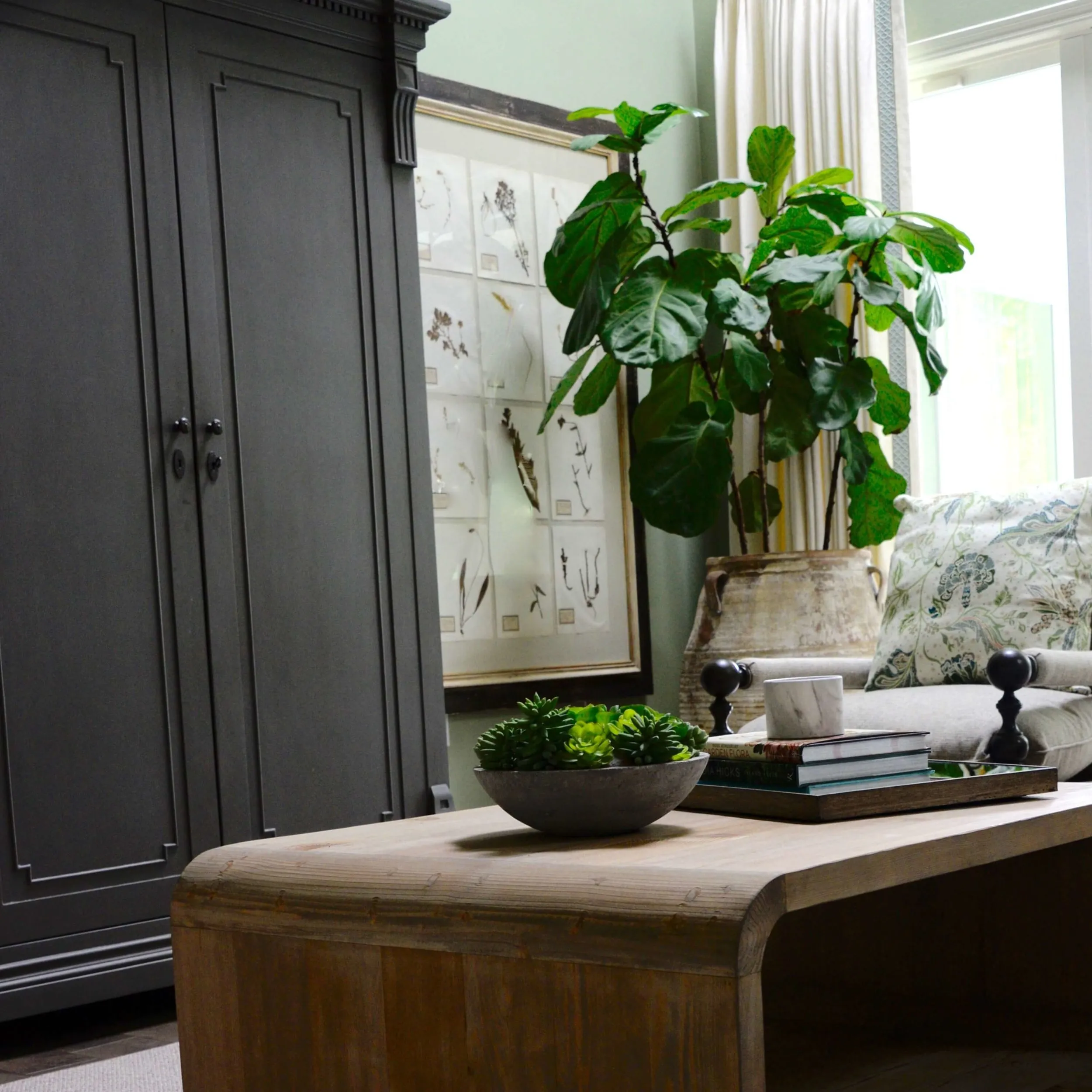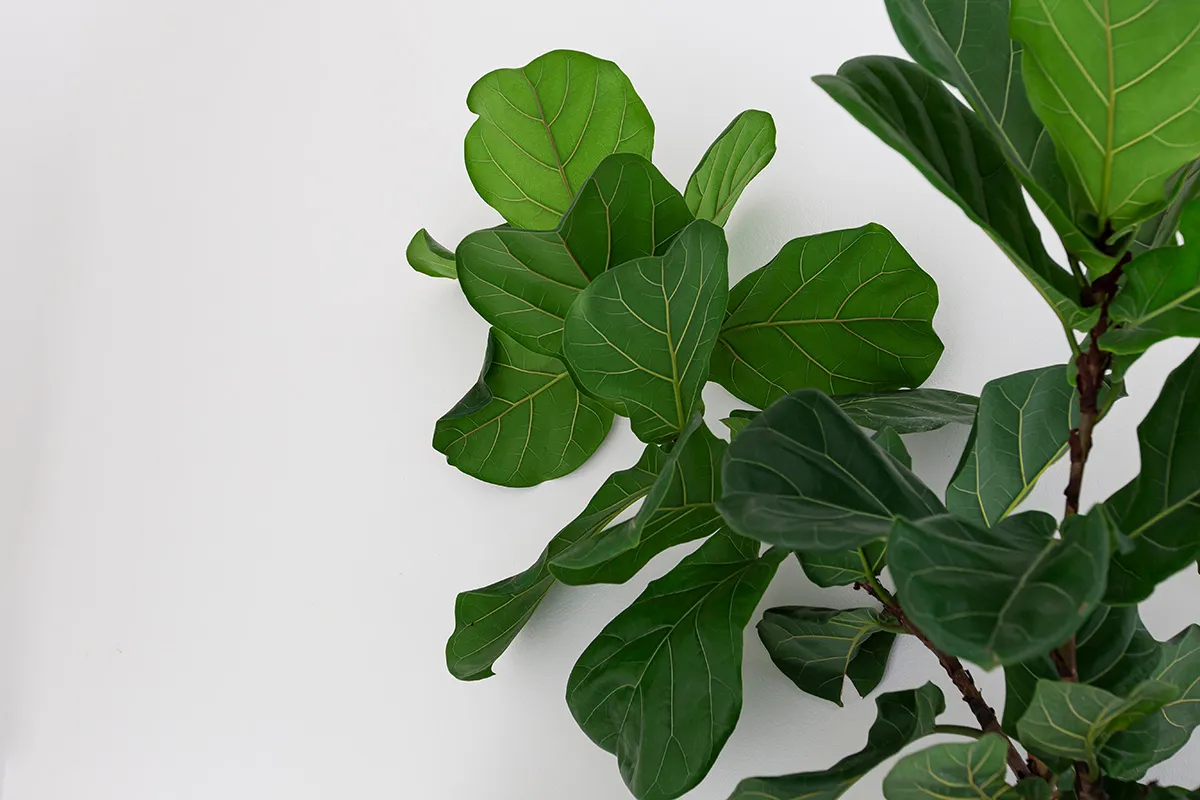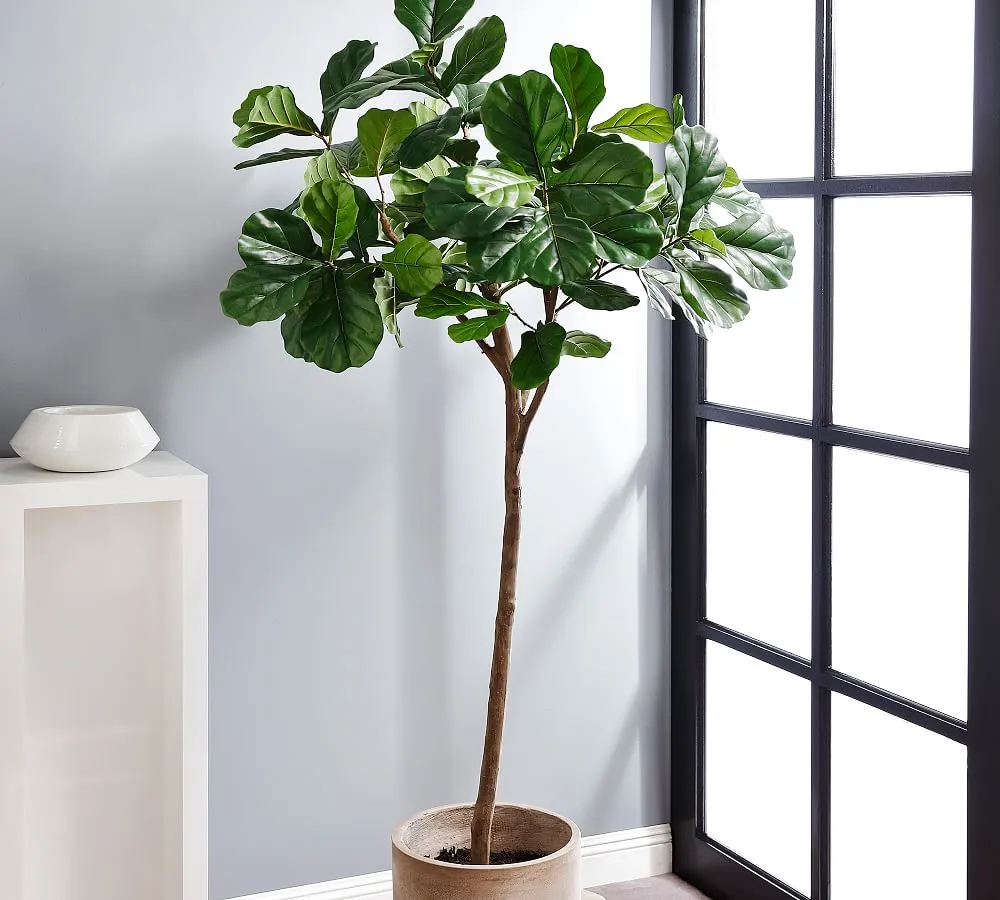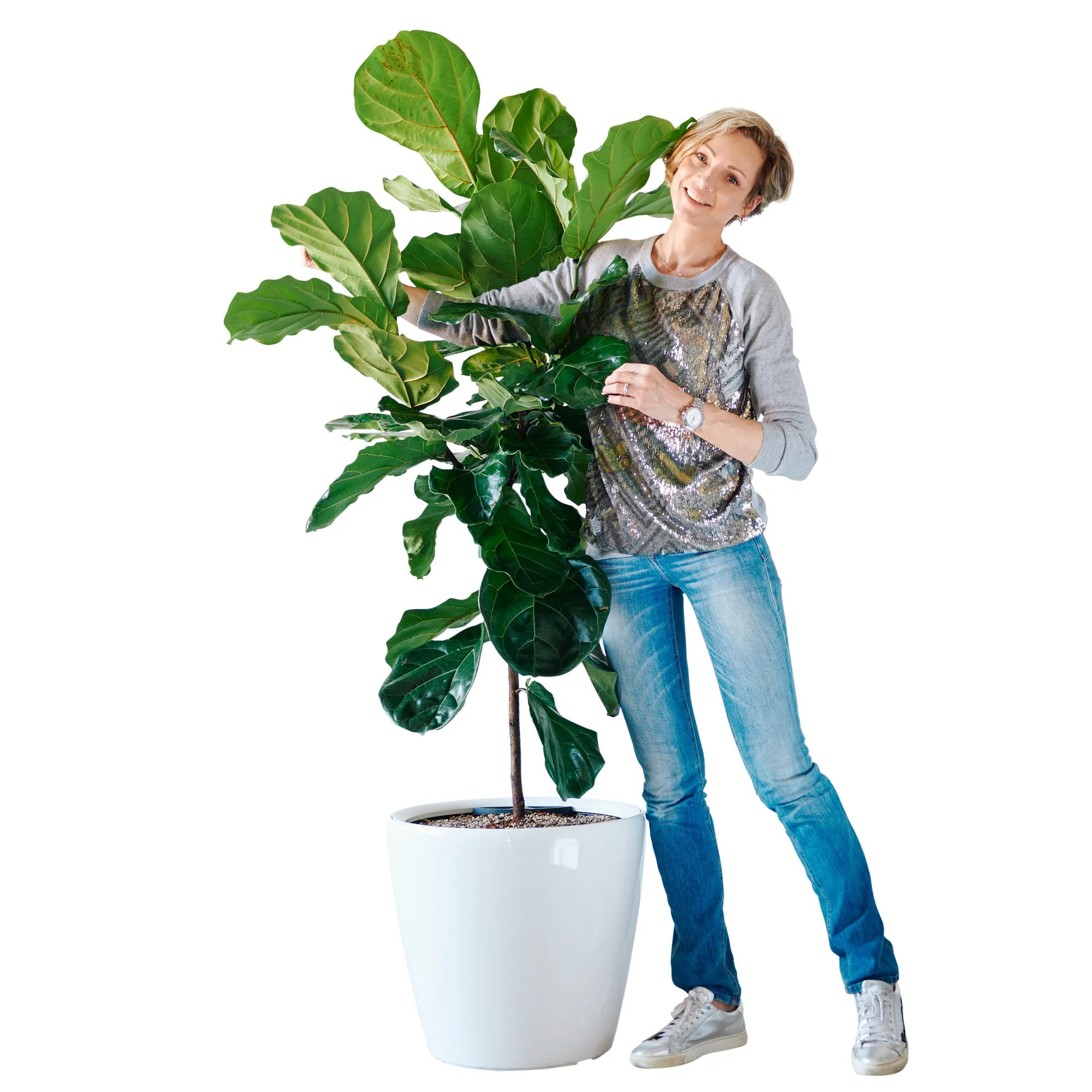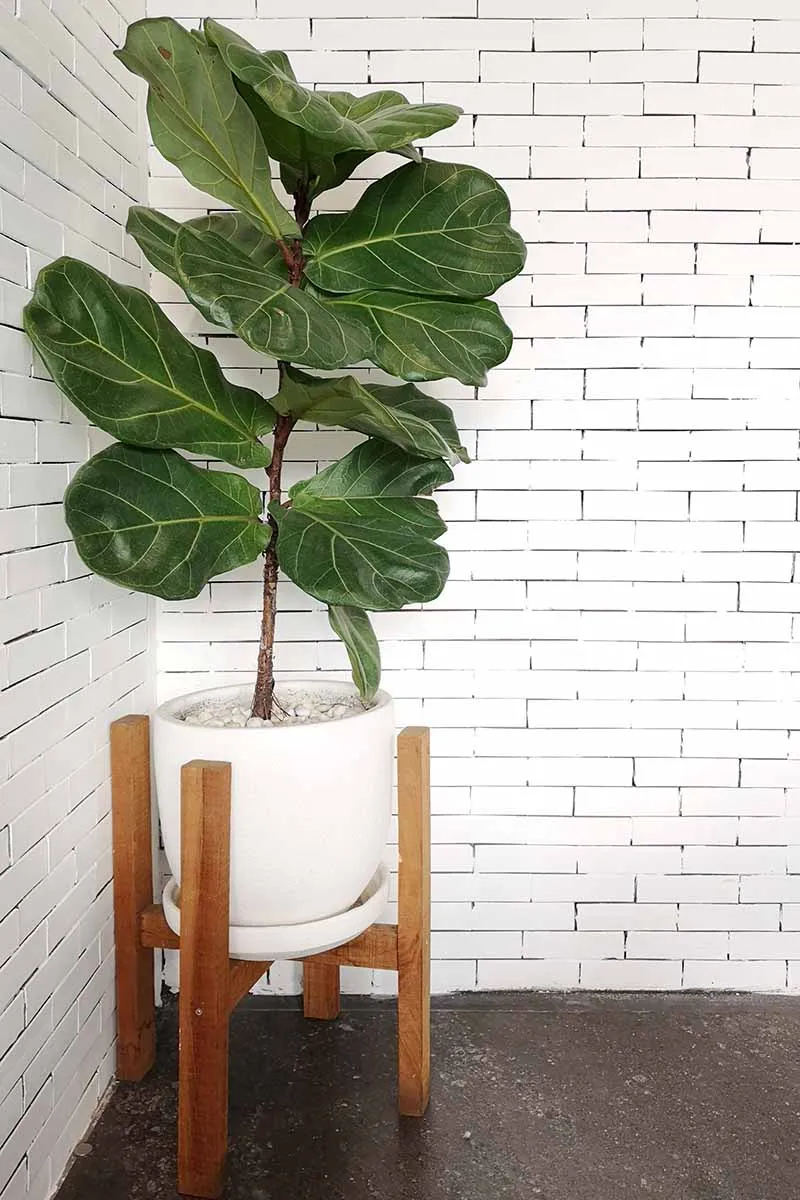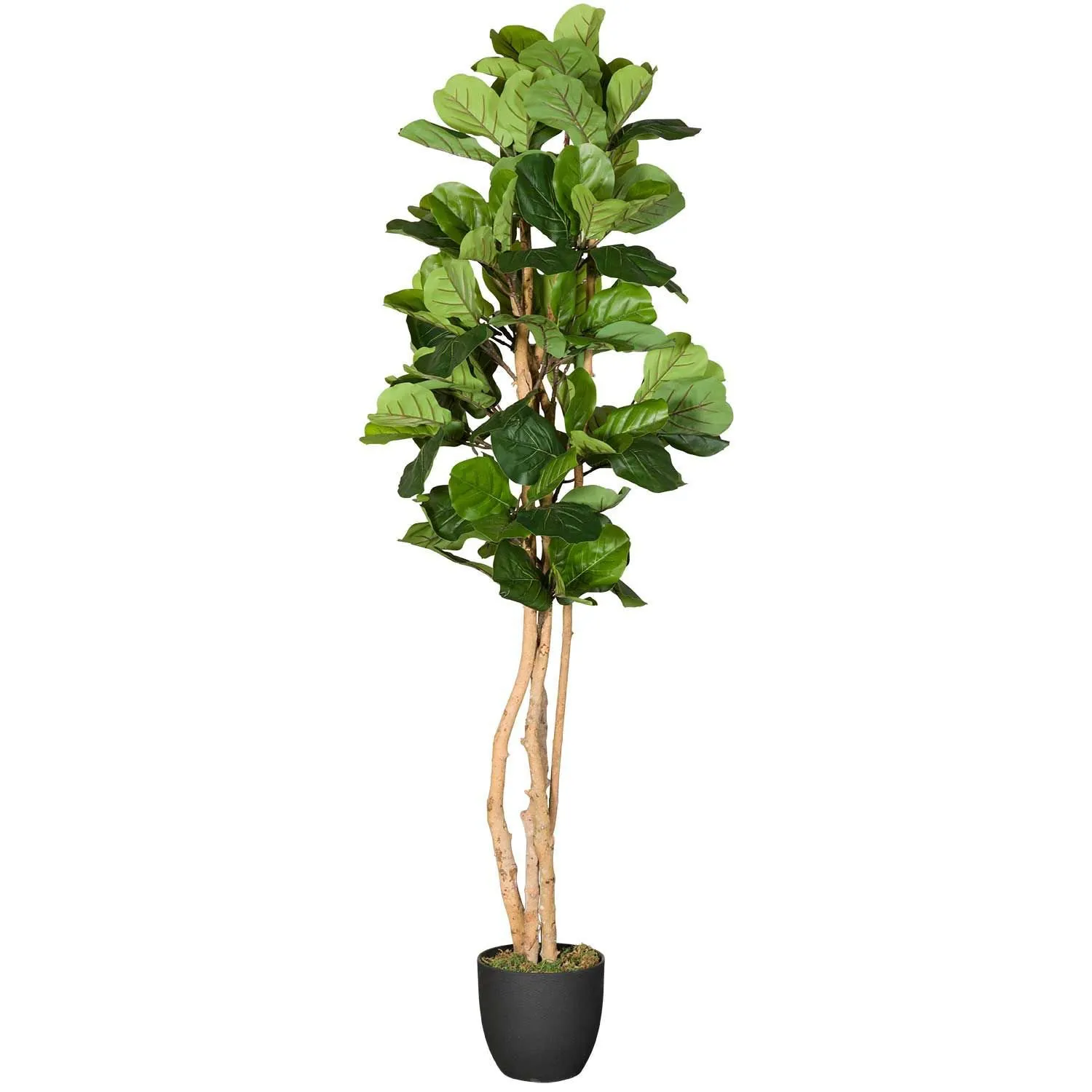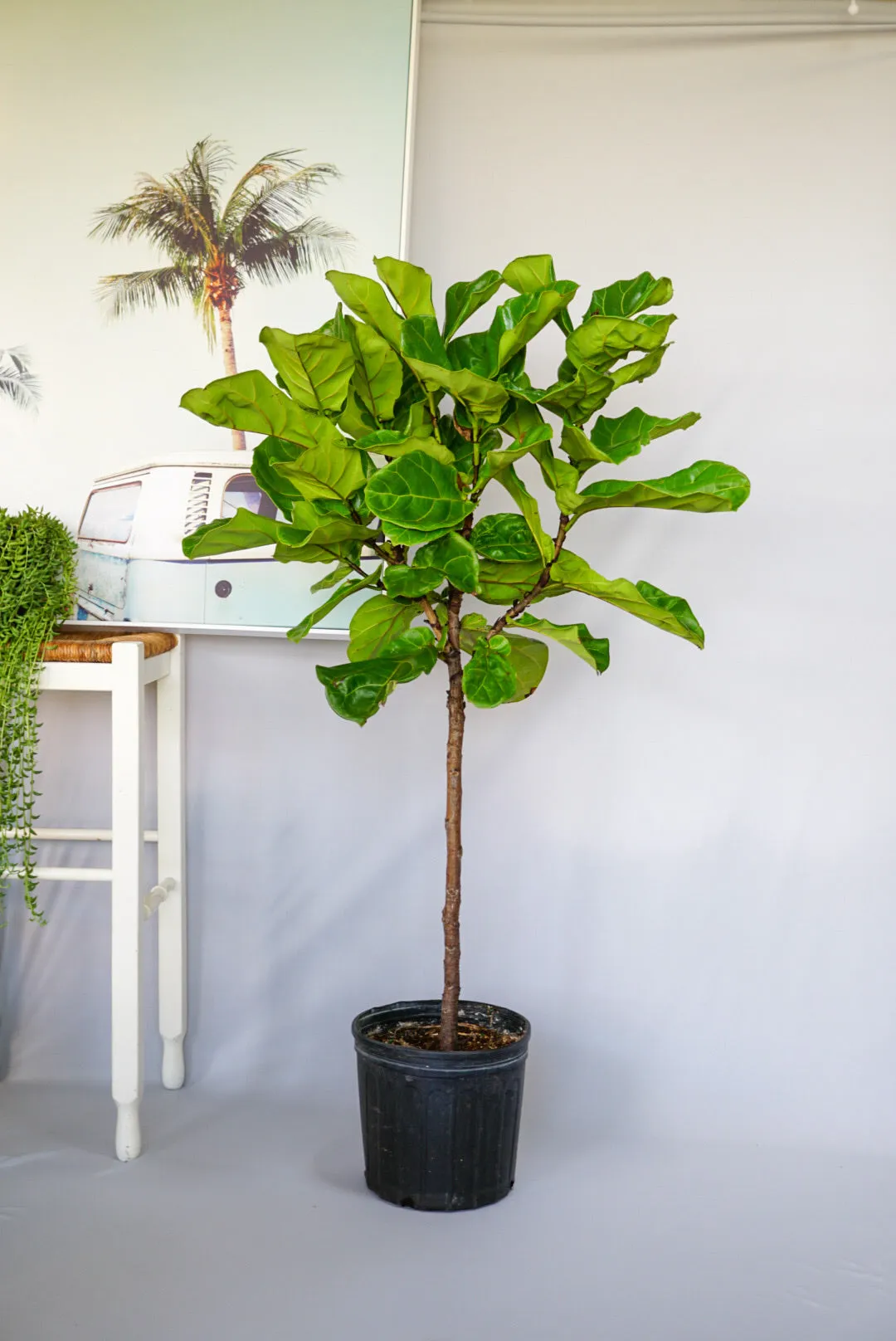

Fiddle Leaf Fig Tree: A Popular Houseplant Choice
Houseplants have become a popular trend in recent years, and one of the most popular varieties is the fiddle leaf fig tree. With its large, glossy leaves and dramatic height, it's easy to see why this plant has become a must-have for many plant enthusiasts. In this article, we'll take a closer look at the fiddle leaf fig tree, including its history, care requirements, and tips for keeping it healthy.
History of the Fiddle Leaf Fig Tree
The fiddle leaf fig tree, also known by its scientific name Ficus lyrata, is native to western Africa. It grows in rainforests and can reach heights of up to 50 feet in its natural habitat. The plant was first introduced to the United States in the 1800s and has since become a popular houseplant.
Appearance and Characteristics
The fiddle leaf fig tree is known for its large, violin-shaped leaves that can grow up to 18 inches long and 12 inches wide. The leaves are thick and glossy, with a leathery texture. The tree can grow up to 10 feet tall indoors, making it a dramatic statement piece in any room.
Care Requirements
While the fiddle leaf fig tree is a beautiful plant, it does require some specific care to keep it healthy. Here are some tips for caring for your fiddle leaf fig:
Light
The fiddle leaf fig tree thrives in bright, indirect sunlight. Place it near a window that gets plenty of natural light, but avoid direct sunlight, which can scorch the leaves. If your tree isn't getting enough light, the leaves may start to droop or turn yellow.
Watering
The fiddle leaf fig tree prefers to be kept moist but not waterlogged. Water it once a week, or when the top inch of soil feels dry to the touch. Be sure to drain any excess water from the pot, as standing water can lead to root rot.
Humidity
The fiddle leaf fig tree prefers a humid environment, so consider using a humidifier or placing a tray of water near the plant to increase the moisture in the air. You can also mist the leaves with water to help keep them hydrated.
Soil
The fiddle leaf fig tree prefers well-draining soil that is rich in nutrients. Use a potting mix that is specifically formulated for indoor plants, and consider adding perlite or sand to improve drainage.
Fertilizer
The fiddle leaf fig tree benefits from regular fertilization during the growing season (spring and summer). Use a balanced fertilizer that is high in nitrogen, and follow the package instructions for application.
Common Problems
While the fiddle leaf fig tree is a relatively low-maintenance plant, it can be susceptible to a few common problems. Here are some issues to watch out for:
Brown Spots on Leaves
Brown spots on the leaves of your fiddle leaf fig tree can be a sign of overwatering or underwatering. Be sure to water the plant only when the top inch of soil feels dry, and make sure the pot has proper drainage to prevent water from pooling in the soil.
Drooping Leaves
If the leaves of your fiddle leaf fig tree are drooping, it may be a sign that the plant isn't getting enough light. Move it to a brighter location, but be sure to avoid direct sunlight, which can scorch the leaves.
Yellowing Leaves
Yellowing leaves on your fiddle leaf fig tree can be a sign of too much or too little water. Check the soil moisture and adjust your watering schedule accordingly. Yellowing leaves can also be a sign of pest infestation, so be sure to inspect the plant for pests like spider mites or mealybugs.
Propagation
If you want to propagate your fiddle leaf fig tree, it's relatively easy to do so. Here's how: 1. Choose a healthy stem with at least two leaves. 2. Use a clean, sharp knife to make a clean cut just below a leaf node. 3. Dip the cut end of the stem in rooting hormone. 4. Plant the stem in a pot filled with well-draining soil. 5. Water the soil and cover the pot with a plastic bag to create a humid environment. 6. Place the pot in a bright, indirect location and wait for the stem to root (this can take several weeks). 7. Once the stem has rooted, you can transplant it to a larger pot.
Conclusion
The fiddle leaf fig tree is a beautiful and dramatic houseplant that can add a touch of the tropics to any room. While it does require some specific care, with a little attention and effort, you can keep your fiddle leaf fig tree healthy and thriving. Whether you're an experienced plant enthusiast or a beginner, the fiddle leaf fig tree is a great choice for any indoor space.
Frequently asked questions about Fiddle leaf fig tree wallpapers
What is a fiddle leaf fig tree?
Fiddle leaf fig tree is a popular houseplant with large, violin-shaped leaves.
Why are fiddle leaf fig trees so popular?
Fiddle leaf fig trees are popular because of their large, attractive leaves that add a touch of greenery to any room. They are also relatively easy to care for and can thrive in many indoor environments.
Can I download fiddle leaf fig tree pictures for free?
Yes, you can download fiddle leaf fig tree pictures for free on our website.
What file types are available for download?
You can download fiddle leaf fig tree pictures in .jpg, .png, and .webp file types.
What sizes are available for download?
You can choose different sizes (width and height) for your fiddle leaf fig tree pictures.
Does your website automatically detect the visitor's mobile screen size?
Yes, our website automatically detects the visitor's mobile screen size and chooses the right size for the visitor.
How many fiddle leaf fig tree pictures do you have available?
We have 62 fiddle leaf fig tree pictures available for download on our website.
Can I use these pictures for commercial purposes?
No, these pictures are for personal use only and cannot be used for commercial purposes without permission.
Do I need to credit your website if I use these pictures?
No, you do not need to credit our website if you use these pictures for personal use.
How do I download fiddle leaf fig tree pictures from your website?
To download fiddle leaf fig tree pictures from our website, simply navigate to the "Houseplants" category and select the pictures you would like to download. Choose your preferred file type and size, and click the download button.


